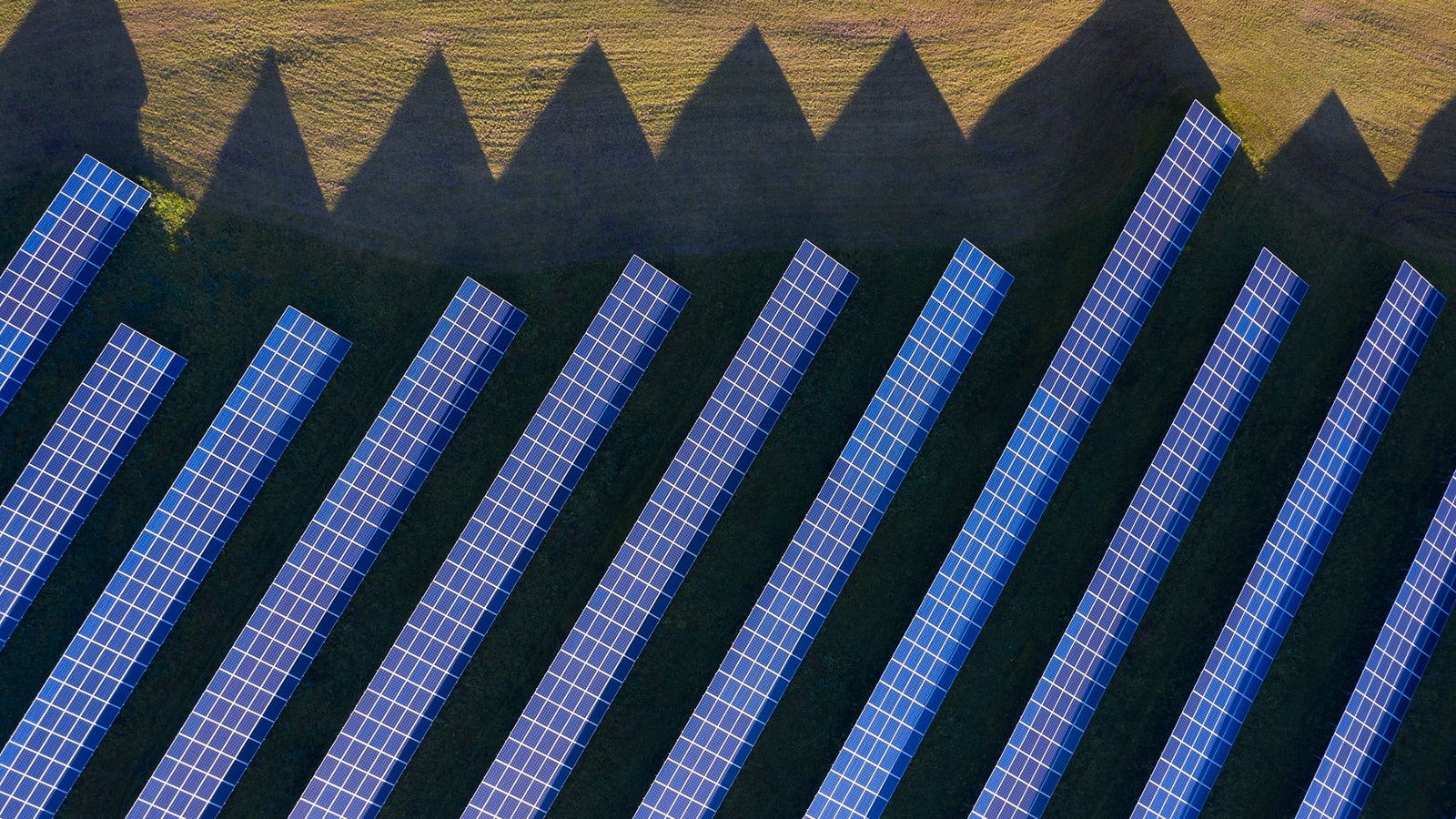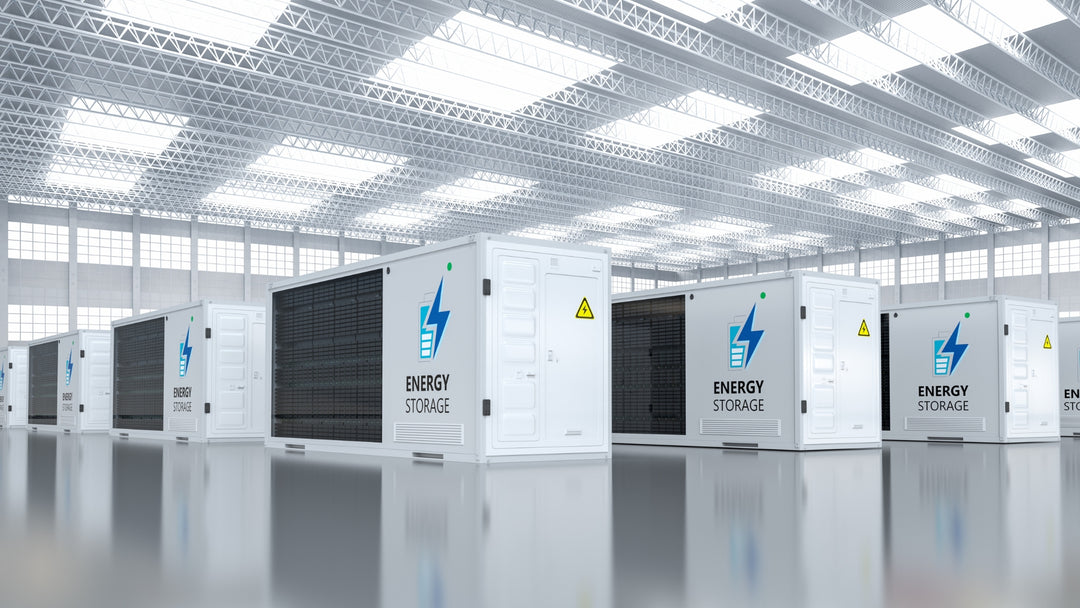Renewable Energy in the Gulf Cooperation Council

The Gulf Cooperation Council (GCC) countries are best known for their production of oil, but they are beginning to develop their vast potential for renewable energy. Between 2014 and 2018, installed renewable energy generation capacity in the GCC rose by over 300%. Capacity went from just 210 MW in 2014 to 867 MW in 2018. Despite this impressive growth, there is still much work to be done. Only 0.6% of electricity came from renewable sources in the GCC in 2018.
Ambitious Goals for Renewable Energy
The GCC countries have ambitious goals for renewable energy. The UAE intends to reach 44 GW in renewable power capacity by 2050. They are off to an impressive start. From 589 MW in 2018, the UAE already has plans in motion for 3.14 GW of capacity by the end of 2020.
Saudi Arabia is the largest energy market in the GCC. Renewable energy capacity in Saudi Arabia is rising from 142 MW in 2018 to 700 MW in 2020. Kuwait plans to go from 79 MW in 2018 to 1.2 GW by 2022.
Oman is on track to increase renewable energy from 8 MW in 2017 to over 2.3 GW in 2023. Qatar is building up capacity from 43 MW in 2018 to 350 MW by 2020. Finally, Bahrain is in the process of increasing renewable power from 6 MW in 2017 to 100 MW by the end of 2019.
Declining Costs and Rising Investments
As elsewhere, the massive increases in renewable energy investments in the GCC are driven by declining costs. In late 2014, solar energy auction prices fell below 6 US cents per kWh in Dubai. By 2018, solar prices were at or below 2.4 cents per kWh in both Dubai and Saudi Arabia. These prices are crucial because it costs about 3 cents per kWh to generate power using natural gas, and oil is generally more expensive.
Solar power generation is now the low-cost choice in GCC countries. Although investment in renewable energy in the GCC fluctuates considerably, record-setting years provide a good picture of the growth. In 2011, a record 800 million US dollars were invested in renewable energy in the GCC.
In 2015, 1.4 billion dollars became the new record. However, that record was soon topped by over $6 billion of new investments in renewable energy during 2017.
Opportunities in Energy Efficiency
There is an enormous opportunity to boost energy efficiency through the increased use of renewable energy in GCC countries. Summer air conditioning places some of the highest strains on power generation in the Gulf region. Peak energy demand is currently met by using the oldest and most inefficient fossil fuel power plants to maximum capacity.
Solar power generation naturally increases during peak summer hours, so that would no longer be necessary. Smart metering and smart grids can also help to maximize the benefits of renewable energy in the GCC.
Benefits for the Region
Renewable energy offers a variety of benefits to the GCC countries. Increasing renewable energy usage frees up oil and other fossil fuels for export to the rest of the world. In total, renewable energy can save the energy equivalent of two billion barrels of oil between 2016 and 2030 in the GCC.
These savings are critical because skyrocketing energy usage in the GCC might otherwise leave nothing for export in some countries by 2040. If targets are met, the nations of the GCC could also lower cumulative carbon dioxide emissions by 0.8 gigatonnes by 2030. Perhaps most importantly, renewable energy development helps to create jobs for the future in the GCC. The fossil fuel resources of the GCC countries led to their growth in the 20th century, but those vast resources are nonetheless limited.
The climate of GCC is ideal for solar energy production, but we must work together today to build a brighter and more sustainable tomorrow. Our experienced consultants at EHI are ready to help.




